The most successful companies drive business value and sustainable growth through thriving corporate cultures that balance two things: high productivity and employee satisfaction. Achieving success at this crossroads lies in being intentional about your culture and ensuring you have the right people in the right seats.
The Culture Matrix: Finding the Sweet Spot
When examining organizational culture, we can plot it on two axes: fun and productivity. This creates four distinct quadrants:
- Social Club (High Fun, Low Productivity): While people love coming to work, standards are low and high performing employees become demotivated and leave. The company doesn’t reach its potential.
- Command & Control (High Productivity, Low Fun): Achievement-driven but marked by burnout and high turnover.
- Chaotic Hell (Low Fun, Low Productivity): A toxic environment where neither people nor performance thrive.
- Intentional Culture (High Fun, High Productivity): The ideal quadrant where engagement and results coexist.
The goal is to build an intentional culture where people love coming to work, and the organization achieves its objectives.
The Building Blocks of Intentional Culture
To create this winning culture, organizations need to answer several fundamental questions:
- Who are we? (Core identity)
- What is our purpose and passion?
- Where are we going long-term?
- Who is our ideal customer?
- How will we get there in the medium term (3 years), short term (1 year), and next 90 days?
- Who will do what to get us there?
- How do we measure key data?
- How do we align, communicate, and solve issues as a healthy team?
These building blocks aren’t just theoretical questions—they’re the foundation for every decision your organization makes. By having clear answers to these questions, you create a framework that guides hiring, strategic planning, and daily operations. This clarity ensures everyone understands not just what they’re doing but why they’re doing it and how it contributes to the larger vision. However, even the strongest foundation can only take you so far—you need the right people in the right seats to bring these building blocks to life and transform them into tangible results.
The Right People in the Right Seats
As business management expert Jim Collins noted, “The moment you feel like you have to tightly manage someone, you’ve made a hiring mistake.” This highlights the crucial importance of having the right people in the right seats.
There are typically two types of people issues organizations face:
- Right Person, Wrong Seat: These employees are great cultural fits who live your core values but struggle to meet job expectations.
- Wrong Person, Right Seat: These individuals produce results but create disharmony and don’t align with the culture.
Neither situation is sustainable for building an intentional culture. The solution? Start with structure, then focus on people.
The Impact on Enterprise Value
Building an intentional culture with the right people in the right seats directly affects your company’s enterprise value through four key intangibles:
- Human Capital: The strength of your people, talent, and their ability to execute independently of the business owner.
- Social Capital: The strength of your culture and self-perpetuating rhythms that elevate your company to best-in-class.
- Customer Capital: The strength of your relationships with those you do business with.
- Structural Capital: The strength of your strategy, systems, and processes.
Remarkably, these four intangibles account for 80% of a company’s valuation multiple, with three of them directly related to people and culture.
Taking Action
Building and maintaining an intentional culture requires a systematic approach that starts with validating your vision. This means ensuring your core values truly exemplify the behaviors that define your culture and securing 100% alignment from your leadership team on every aspect of your vision. With this foundation in place, the next crucial step is creating a clear accountability chart that looks 6-12 months ahead—remember, structure should come before people in this process.
Once you have the structure defined, assess whether you have the right people in the right seats. Tools like the EOS People Analyzer can help you evaluate this fit objectively. When misalignments are identified, swift action is necessary—either through upgrading your people’s capabilities or liberating them to find better fits elsewhere. This might seem harsh, but clarity and decisiveness in these situations ultimately benefit both the organization and the individuals involved.
Throughout this process, consistent communication is vital. Sharing your vision with your entire company every quarter keeps everyone aligned and reinforces the intentional culture you’re building. This regular reinforcement helps ensure that your cultural initiatives don’t become mere wall decorations but remain living, breathing aspects of your organization’s daily operations.
The Bottom Line
Building an intentional culture isn’t just about creating a fun workplace—it’s about driving business value. When the right people are in the right seats and operate within a carefully crafted culture, the business and its people can thrive.
Culture doesn’t happen by accident. It requires intentional design, consistent execution, and the courage to make tough decisions about who belongs on your team and in what capacity. The reward? A workplace that not only achieves its goals but does so while creating an environment where people genuinely want to be.
Are you looking to build a high-performance team and intentional corporate culture? Let’s talk.



